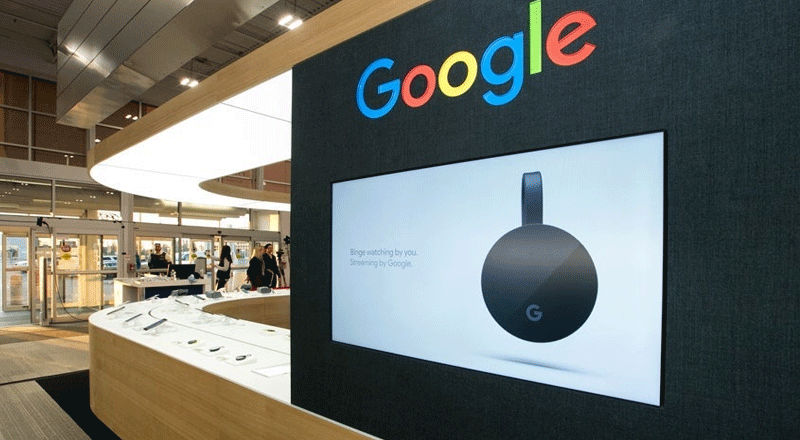Artificial intelligence (AI) is a label that can cover a huge range of activities related to machines undertaking tasks with or without human intervention. Our understanding of AI technologies is largely shaped by where we encounter them, from facial recognition tools and chatbots to photo editing software and self-driving cars.
If you think of AI you might think of tech companies, from existing giants such as Google, Meta, Alibaba, and Baidu, to new players such as OpenAI, Anthropic, and others. Less visible are the world’s governments, which are shaping the landscape of rules in which AI systems will operate.
Since 2016, tech-savvy regions and nations across Europe, Asia-Pacific, and North America have been establishing regulations targeting AI technologies.
Currently, there are more than 1,600 AI policies and strategies globally. The European Union, China, the United States, and the United Kingdom have emerged as pivotal figures in shaping the development and governance of AI in the global landscape.
AI regulation efforts began to accelerate in April 2021, when the EU proposed an initial framework for regulations called the AI Act. These rules aim to set obligations for providers and users, based on various risks associated with different AI technologies.
As the EU AI Act was pending, China moved forward with proposing its own AI regulations. In Chinese media, policymakers have discussed a desire to be first movers and offer global leadership in both AI development and governance. Where the EU has taken a comprehensive approach, China has been regulating specific aspects of AI one after another. These have ranged from algorithmic recommendations to deep synthesis or “deepfake” technology and generative AI.
China’s AI regulation may have been a wake-up call to the US. In April, influential lawmaker Chuck Shumer said his country should “not permit China to lead on innovation or write the rules of the road” for AI.
On October 30, 2023, the White House issued an executive order on safe, secure, and trustworthy AI. The order attempts to address broader issues of equity and civil rights, while also concentrating on specific applications of technology.
Alongside the dominant actors, countries with growing IT sectors including Japan, Taiwan, Brazil, Italy, Sri Lanka, and India have also sought to implement defensive strategies to mitigate potential risks associated with the pervasive integration of AI.
AI regulations worldwide reflect a race against foreign influence. At the geopolitical scale, the US competes with China economically and militarily. The EU emphasizes establishing its own digital sovereignty and striving for independence from the US.
Alphabet, Meta, and Tesla have supported calls for AI regulation. At the same time, the Alphabet-owned Google has joined Amazon in investing billions in OpenAI’s competitor Anthropic, and Tesla boss Elon Musk’s xAI has just launched its first product, a chatbot called Grok.
The EU’s AI Act, China’s AI regulations, and the White House executive order show shared interests between the nations involved. Together, they set the stage for last week’s “Bletchley declaration”, in which 28 countries including the US, UK, China, Australia, and several EU members pledged cooperation on AI safety.
By 2026, worldwide spending on AI-centric systems may pass US$300 billion by one estimate. By 2032, the generative AI market alone may be worth US$1.3 trillion.
Beyond economic benefits, countries also look to AI systems for defence, cybersecurity, and military applications.
Existing AI regulations also have significant limitations. For instance, there is no clear, common set of definitions of different kinds of AI technology in current regulations across jurisdictions.
Current legal definitions of AI tend to be very broad, raising concern over how practical they are. This broad scope means regulations cover a wide range of systems that present different risks and may deserve different treatments. Many regulations lack clear definitions for risk, safety, transparency, fairness, and non-discrimination, posing challenges to ensuring precise legal compliance. However, defining AI technologies narrowly, as China has done, poses a risk that companies will find ways to work around the rules.
Sets of “best practices” for AI governance are emerging from local and national jurisdictions and transnational organizations, with oversight from groups such as the UN’s AI advisory board and the US’s National Institute of Standards and Technology. The existing AI governance frameworks from the UK, the US, the EU, and – to a limited extent – China are likely to be seen as guidance.
Global collaboration will be underpinned by both ethical consensus and more importantly national and geopolitical interests.
(With inputs from agencies)





